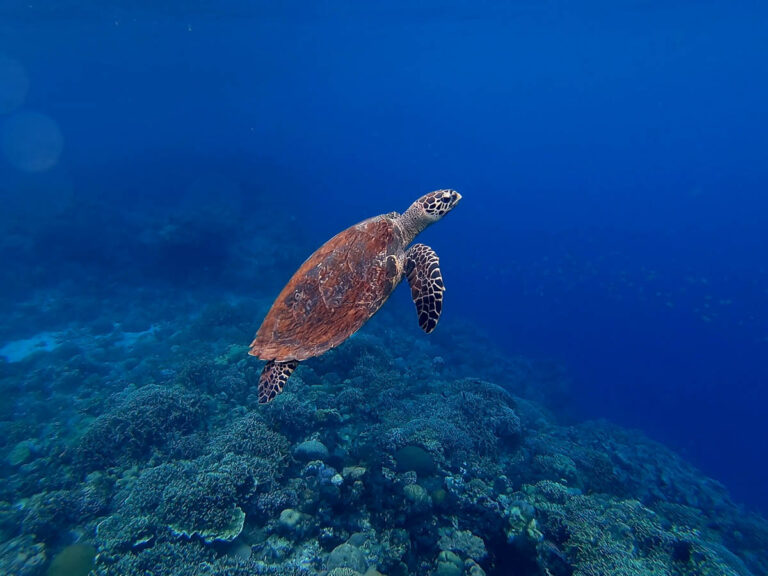Both the Maldives and Seychelles are world-renowned scuba diving destinations, each offering crystal-clear waters, vibrant marine life, and breathtaking underwater landscapes. However, each location has its unique appeal, from the bustling coral reefs and megafauna sightings in the Maldives to the secluded, untouched dive spots and diverse marine species in the Seychelles. In this article, we’ll dive deep into the similarities and differences to help you decide which destination is the best fit for your next dive trip.
What is diving in the Maldives and Seychelles like?
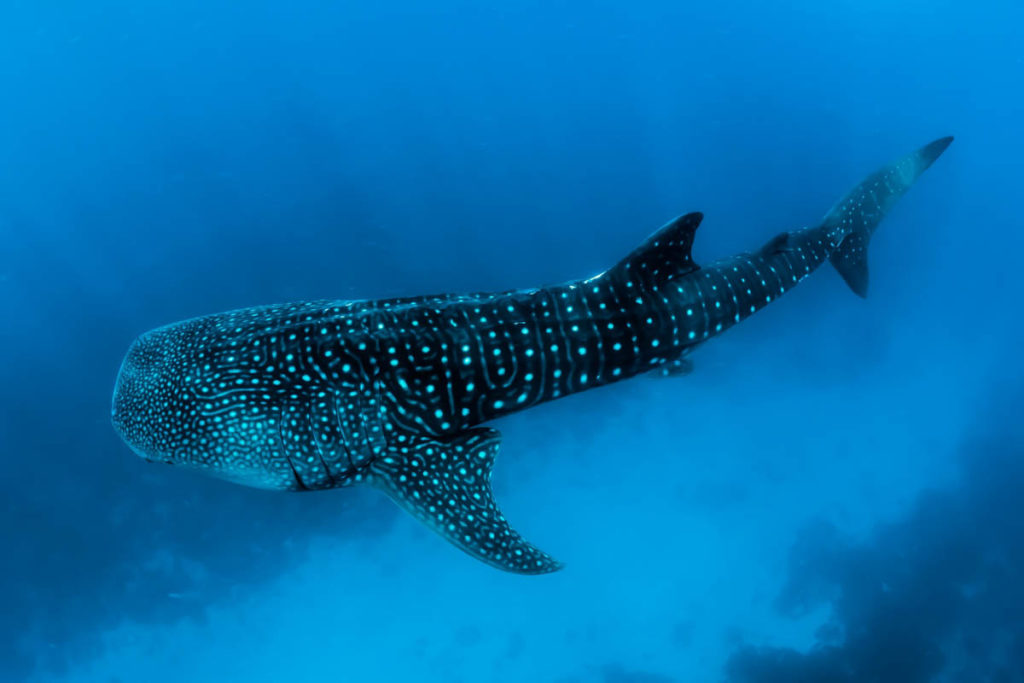
The Maldives
The Maldives is a mecca for scuba divers, known for its clear waters, extensive coral reefs, and incredible marine biodiversity. Located in the Indian Ocean, the Maldives consists of 26 atolls made up of over 1,000 coral islands. With a variety of dive sites ranging from gentle coral gardens to thrilling drift dives, the Maldives attracts both novice and advanced divers. Popular for its big marine life, you’re likely to encounter manta rays, whale sharks, and a variety of shark species here.
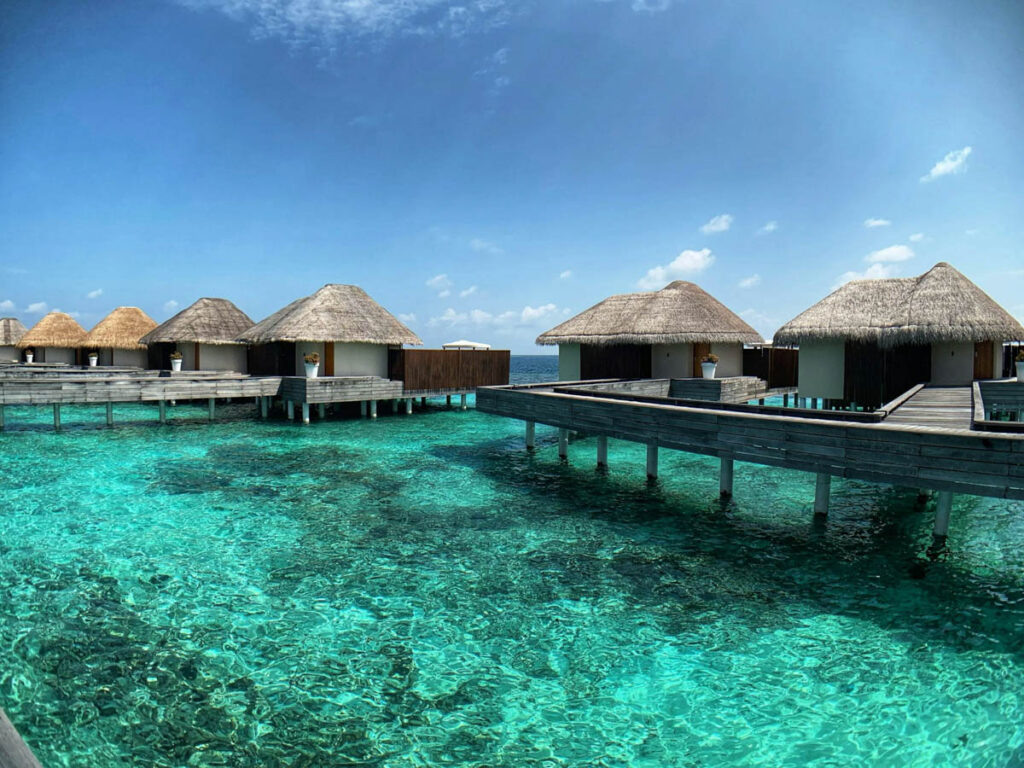
Photo by Upgraded Points on Unsplash
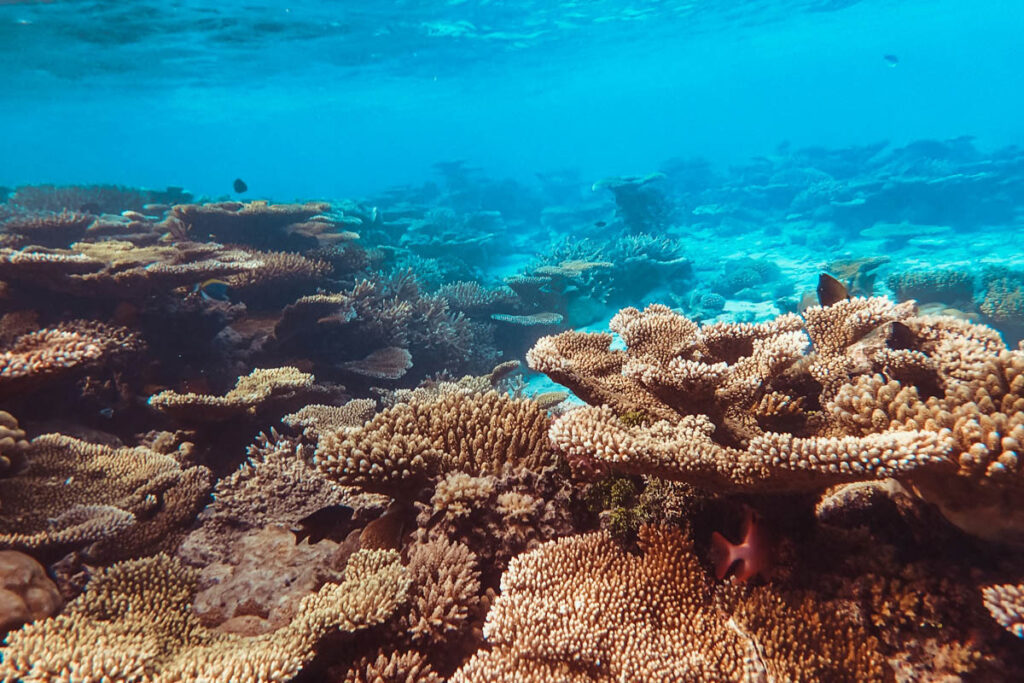
Photo by yang wewe on Unsplash
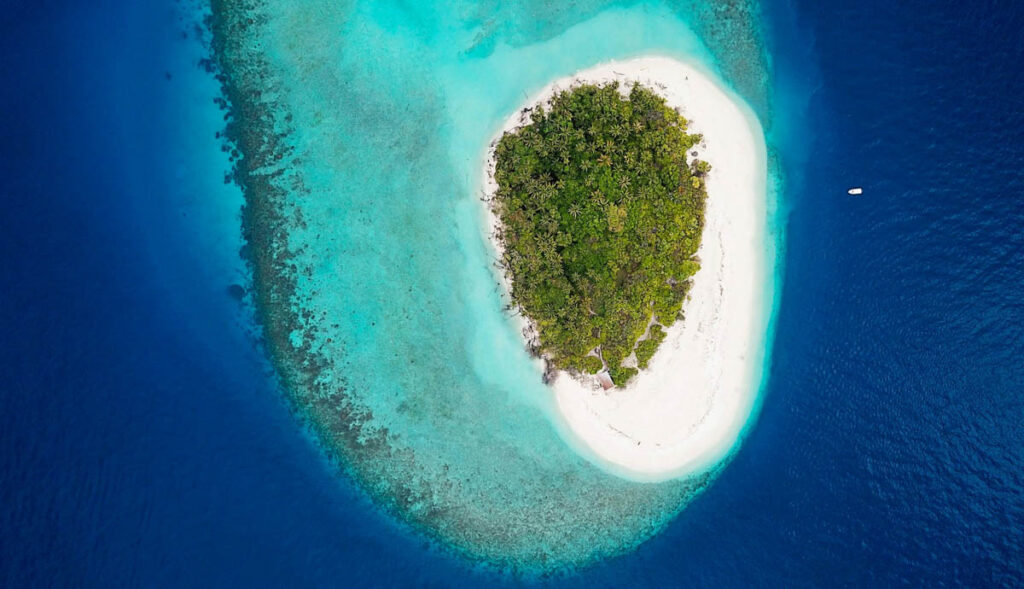
Photo by Hoodh Ahmed on Unsplash
Seychelles
Seychelles, an archipelago of 115 islands, offers a different yet equally captivating diving experience. Known for its unique granite rock formations, the Seychelles offers a combination of coral reefs, granite walls, and shipwrecks. Though less populated with large pelagic species compared to the Maldives, the Seychelles offers plenty of diversity, with sea turtles, colorful reef fish, and smaller shark species being common sights. The remoteness of many dive sites provides a tranquil and more secluded diving experience.
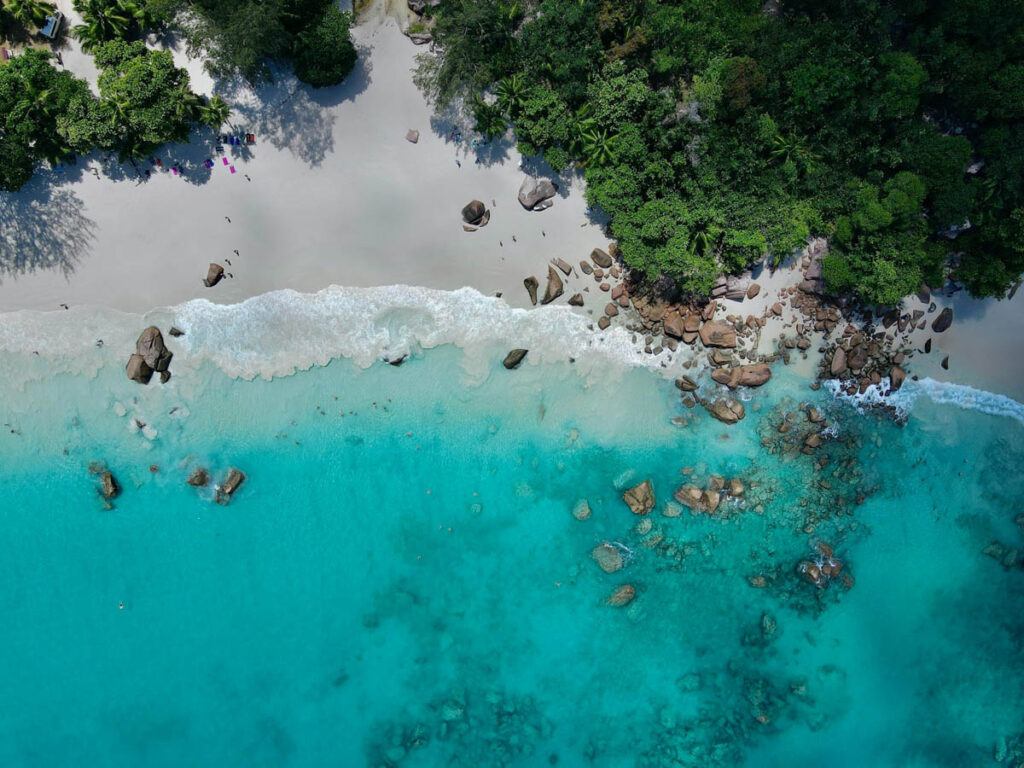
Photo by Michaela Římáková on Unsplash
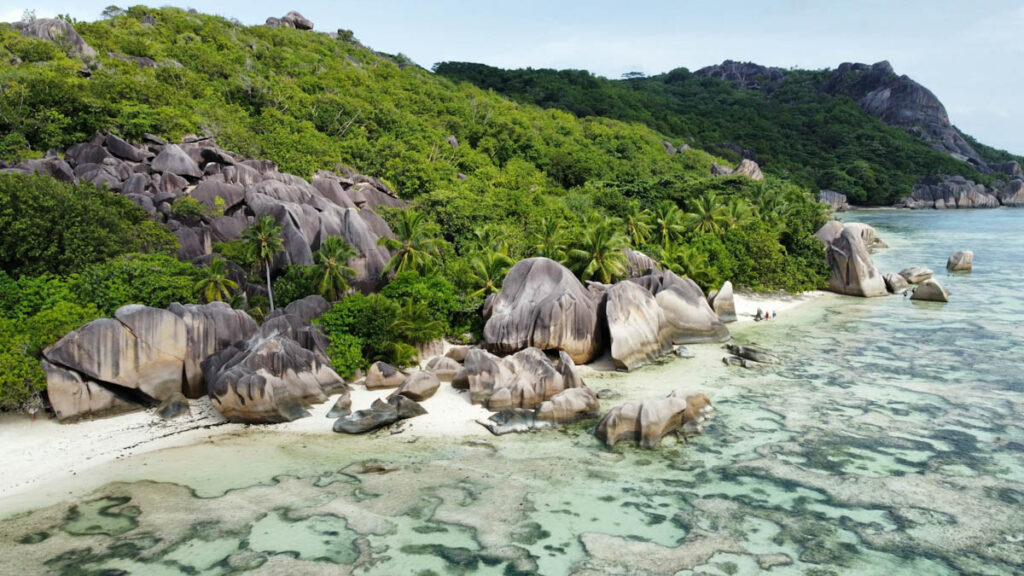
Photo by seytales on Unsplash
How are the Maldives and Seychelles similar?
Both the Maldives and Seychelles boast warm waters, clear visibility, and vibrant coral ecosystems. They each offer year-round diving opportunities, though the best conditions vary by season. Each destination also offers a mix of shallow, beginner-friendly reefs and more advanced sites with currents. Additionally, both locations have a mix of resorts and liveaboard options, catering to divers who want flexibility in their diving schedules and daily routines.
How do these destinations differ?
1. Types of dive sites
Maldives: Diving in the Maldives is famous for its channels, pinnacles, and atoll reefs, where currents bring in nutrient-rich water, attracting large marine life. The Northern Atolls offer fantastic diving with few crowds and abundant reef life, plus the famous Hanifaru Bay – known for its aggregations of manta rays.
The Central Atolls are renowned for their whale sharks and manta ray dives, while the Southern Atolls feature remote deep channels busy with pelagics and tiger shark diving at Fuvahmulah.
Seychelles: Diving in the Seychelles offers two distinct experiences with the inner and outer islands, each showcasing unique dive sites and marine life. The inner islands, particularly around Mahé, Praslin, and La Digue, feature impressive granite rock formations adorned with vibrant corals and host diverse marine species like reef fish, turtles, and occasional reef sharks. These sites are typically more accessible and offer calmer conditions, making them ideal for all skill levels.
In contrast, the outer islands, such as the remote Aldabra Atoll, present pristine coral reefs, steep drop-offs, and greater biodiversity, with pelagic species like manta rays, whale sharks, and large schools of fish. These outer sites tend to be more exposed, offering challenging and rewarding dives suited to experienced divers.
2. Marine life
Maldives: Known for big pelagic encounters, the Maldives is a prime spot for manta rays, whale sharks, and various reef shark species. You can encounter manta rays and whale sharks throughout the year, depending on where you dive.
Seychelles: Seychelles offers a broad range of tropical reef fish, including parrotfish, angelfish, and butterflyfish, alongside hawksbill and green sea turtles. The islands also provide nesting grounds for turtles, with peak nesting season from September to March. Reef sharks, eagle rays, and occasionally larger pelagics can be spotted but are less common than in the Maldives.
3. Topside highlights
Maldives: The Maldives is renowned for its idyllic overwater bungalows, luxury resorts, and white-sand beaches. Beyond diving, you can enjoy snorkeling, spa retreats, and water sports like paddleboarding and jet skiing at this iconic destination.
Seychelles: The Seychelles offers diverse landscapes, including lush forests, granite boulder beaches, and unique wildlife. Hikers will appreciate the trails in Morne Seychellois National Park, while Anse Source d’Argent beach on La Digue, famous for its granite formations, offers stunning views and snorkeling opportunities.
4. Dive conditions and experience needed
Maldives: The Maldives is ideal for divers of all experience levels, but some sites have strong currents that may require experience with drift diving. Visibility generally ranges from 20-30 meters, and the calm lagoon areas around many islands make it a great place to earn your diving license.
If you are keen to dive with sharks in the Maldives but are a little nervous, become a Shark Ecology Diver before you visit. It’s a great way to learn how to dive with sharks and boost your confidence.
Seychelles: The Seychelles has milder currents, with visibility typically around 15-25 meters. The combination of coral reefs and granite formations provides ample dive sites suitable for beginner and Advanced Open Water divers. However, advanced divers will find fewer challenging sites compared to the Maldives.
5. Best time to visit
Maldives: The Maldives has two main diving seasons. The dry season (November to April) boasts calm seas, sunny skies, and high visibility. It’s a great time of year to enjoy the reefs in the finest conditions. The wet season (May to October) is more affordable and less crowded and still offers great diving, with plankton blooms that attract manta rays and whale sharks.
Generally speaking, mantas and whale sharks are seen on the western edges of the atolls from May to December. From January to April, they are typically spotted on the eastern edges of the atolls. This can vary though, so check with your preferred dive center before booking your trip if these ocean giants are on your wish list.
Seychelles: Diving in Seychelles is best from April to May and October to November, with visibility peaking between October and November. While the water temperature remains comfortable year-round (30°C/86°F), the shoulder months offer the clearest waters and calmest conditions.
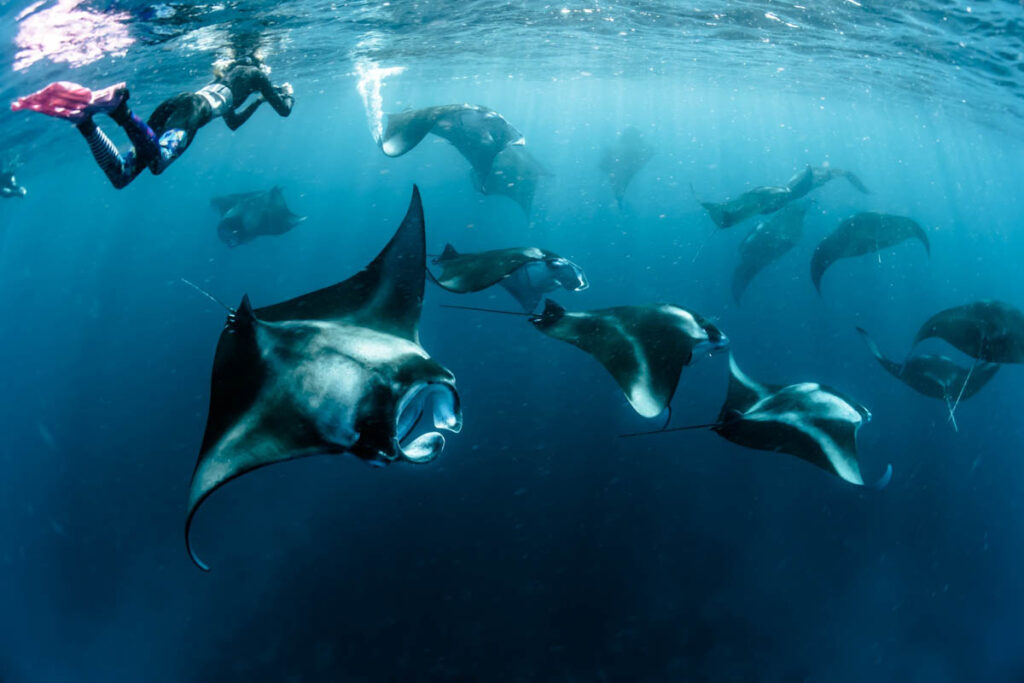
Photo by Sebastian Pena Lambarri on Unsplash
Which destination is better?
- For big marine life encounters: If you’re excited to encounter large marine species like manta rays, whale sharks, and reef sharks, the Maldives is the clear choice. Its nutrient-rich channels and thriving reefs draw in big marine life that divers dream of encountering.
- For seclusion and scenic variety: For those who prefer quieter dive sites with fewer tourists and a mix of coral and granite landscapes, Seychelles offers a more secluded experience. It’s ideal for divers who appreciate unique underwater topographies and a laid-back topside atmosphere.
- For divers of all experience levels: Both destinations cater well to divers of varying skill levels, but the Maldives has a broader range of beginner-friendly options with easy lagoon dives, while Seychelles offers gentler currents that may appeal to newer divers.
- Topside attractions: If you’re interested in luxurious beach resorts and exclusive island experiences, Maldives resorts may appeal more. On the other hand, Seychelles offers a more varied landscape with forests, mountains, and unique beaches, perfect for divers looking to explore both land and sea.
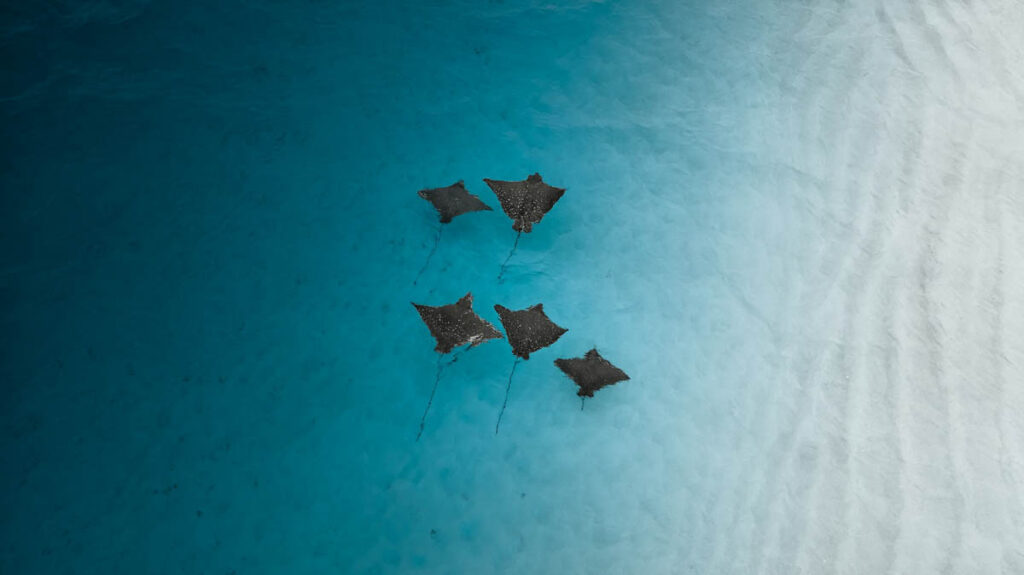
Ultimately, both destinations promise memorable dives and breathtaking natural beauty, so your choice depends on what your priorities are. Whichever you choose, both the Maldives and Seychelles offer scuba diving adventures you’ll never forget!



